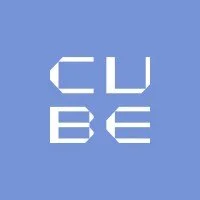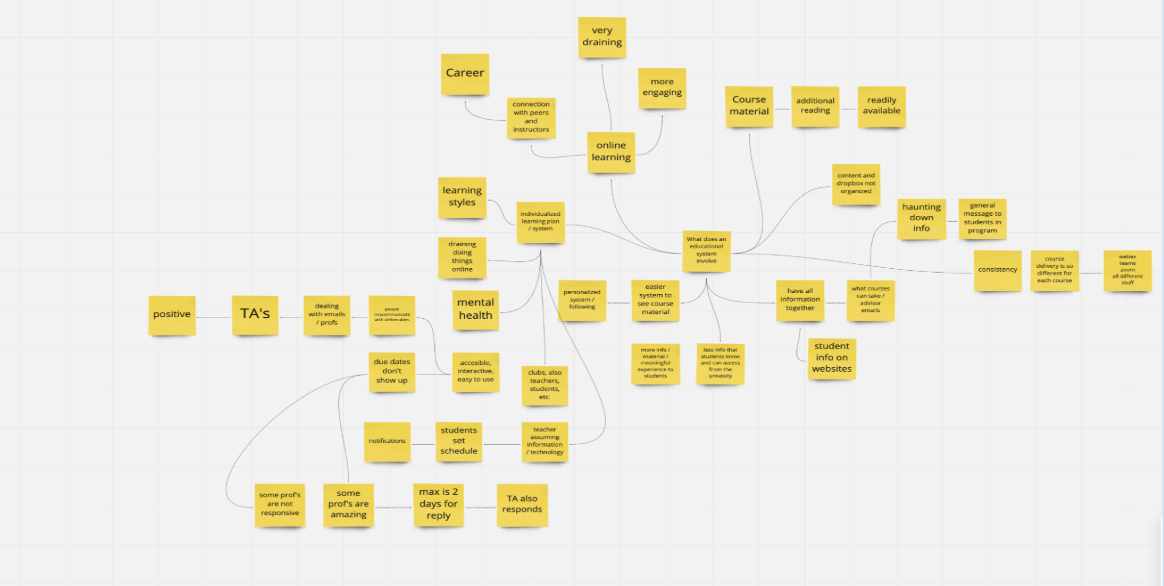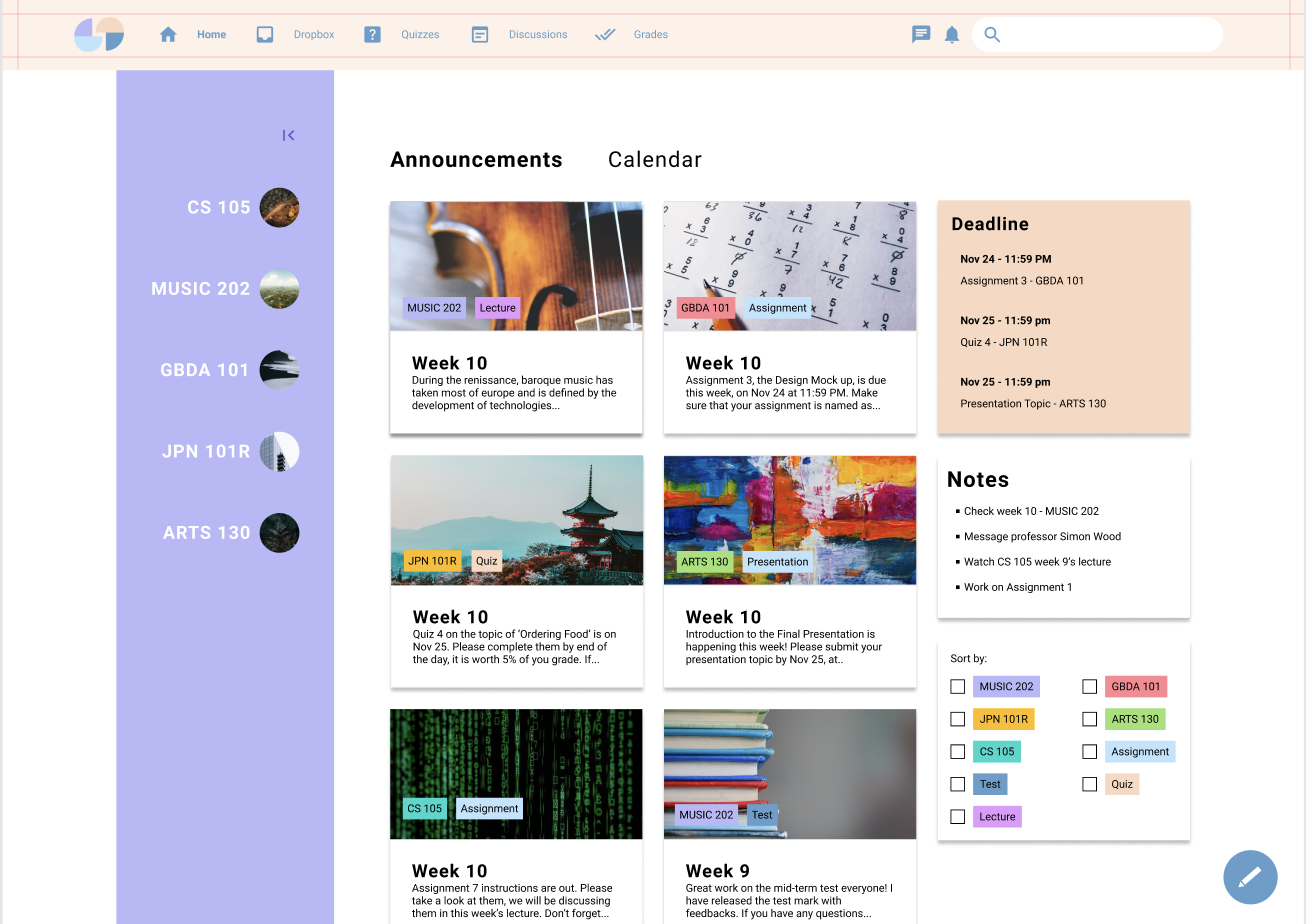Studium – An E-Learning Platform
UW CUBE PROJECT
Role:
UX/UI Designer
Team-Based Project
Sept 2021 - Dec 2021
CUBE is a design incubator based at the University of Waterloo's Stratford School of Interaction Design and Business, which helps UW students create digital solutions for real-life problems and gain experience in researching and designing.
Client
Name here
Year
01/01/000
Client
Name here
Year
01/01/000
The Starting Point
(The Prompt)
The Initial Discovery
In response to the prompt of solving a real-world issue, our team identified the challenges brought on by the sudden shift to remote learning during the COVID-19 pandemic.
In 2021, this transition was still new, and many institutions were relying on platforms like LEARN, which were not fully optimized for online engagement. To address this gap, we developed Studium—a platform designed from the ground up to support meaningful, collaborative, and user-friendly remote learning experiences for both students and instructors.
Remote learning offers flexibility and accessibility, but it also leads to disengagement, communication barriers, and fragmented learning experiences.
Students felt isolated, while instructors struggled to maintain interaction and clarity, revealing a clear need for a more cohesive digital classroom.
The Problem
Students and instructors alike struggle to maintain motivation in hybrid and remote learning environments, drained by low interaction, weakened peer and instructor connections, and an absence of the collaborative energy that fuels engagement.
Research
We organize our surveys and interviews into three main focus areas, which we felt were the most important. These include content, communication and organization, and how students and professors feel about the current tools they are using.
75%
of students said they could not properly communicate with professors or peers through their learning applications
Additional Pain Points
75%
of students preferred live lectures over any other method of delivery
Students are using multiple platforms depending on the courses.
They are unable to sustain individual conversations with instructors.
How Might We…
Communication with professors and peers
help solve
first year university students who are trying to do the transition phase from in-person to remote learning
through
Organizing & simplifying the platform
a webapp
for
Our Process
Noami – A Persona
A first-year student who is overwhelmed by how many platforms she has to use.
Pain Points
Overwhelmed with numerous online platforms
Finds it hard to contact peers and instructors
Instructors take too long to answer emails
Content on learning platforms is not properly organized
To start our process, we tried to identify the different parts that make up an education system. Here is the diagram that we came up with. Several key factors came up, including the potential of online learning, the importance of getting around and organizing content, communication problems between professors, TAs and student’s and the importance of putting these things all together into one place.
From here, we realize the potential of online learning platforms to become better, as the pandemic has shifted education online.
We also used literature reviews and affinity mapping, and discovered problems engaging students and having a variety of content, in the first place.
Branding
For our branding, we made use of Studium which is the Latin word for “study”. Our brand values include accessibility, ease and organization, assisting students and professors through an all-in-one platform.
Our logo makes use of the letter “S” divided into four shapes and we primarily used shades of purple, beige and an accent colour of blue for the buttons and actions.
Key Features
Reduce scattered information by centralizing academic updates and deadlines in one glance.Streamline communication with a familiar, Slack-like layout that encourages quick academic interaction. Facilitate voice-based interactions for more natural discussions, improving engagement in remote settings.Usability Testing
After doing usability test, we learned that our users appreciate the organizational features like tags and deadlines, the content was easier to find as well, however we have to make various improvements.
Once the first round of user testing was done, we were able to pinpoint the changes to make:
Arrange assignments and tests by deadline
Fix layout of announcements
Improve the organization of calendar
Learning & Outcomes
Through the Studium project, our team gained a deeper understanding of how overwhelming remote learning tools can be when communication is scattered across platforms. We learned that simplicity and clarity are far more valuable to users than feature-packed interfaces.
By centering our design around real feedback from both students and professors, we were able to prioritize core needs—like keeping track of deadlines, receiving timely updates, and staying connected. Iterative testing taught us how small design decisions, like button placement or content hierarchy, could significantly impact usability. In the end, we delivered a centralized, approachable solution that made remote academic life feel more organized, less stressful, and easier to navigate for everyone involved.












